From afar, the Nine-Piece Lotus Tower in front of the Co Le Pagoda rises high against the sky. The 9-story, 32-meter-high structure stands out as a spiritual symbol, recalling the image of the “nine layers” of heaven, opening the gate to guide pilgrims to find sacred lands.
Standing at the foot of the tower, I met Mr. Vu Van Lang, 92 years old, with white hair and kind eyes. He is from Co Le commune, and has been attached to the pagoda for more than 20 years in the work of burning incense. Knowing that it was my first time visiting the pagoda, he enthusiastically led the way, pointing to the moss-covered stele, his voice warm: "Co Le Pagoda was built in the 12th century, under the reign of King Ly Than Tong. Initially, the pagoda was made of wood in the ancient style, worshiping both Buddha and the Holy Ancestor Nguyen Minh Khong. In 1902, the First Master Pham Quang Tuyen and the villagers rebuilt the pagoda into the "Nhat Thoc Lau Dai" architecture as it is today."
 |
| Puppetry at the Co Le Pagoda Festival. Photo: VIET DU |
The pagoda is located in a harmonious feng shui land, surrounded by a clear lake. In the middle of the lake in front of the main hall, the 9-ton Great Bell stands tall on a pedestal. Mr. Lang said that the bell was cast in 1936 and was hidden by villagers in the lake during the resistance war to avoid enemy sabotage. After peace , the bell was placed on a pedestal under the lake, becoming the spirit that guards the pagoda.
From generation to generation, Co Le people still pass on the song: "No matter who trades in hundreds of professions/ On the 14th of September, remember the Ong festival". That is the Co Le Pagoda Festival, which takes place from the 13th to the 16th of the 9th lunar month every year, on the occasion of the birthday of Saint Nguyen Minh Khong. The pagoda festival has been recognized as a national intangible cultural heritage, becoming an occasion not only for villagers to pay tribute to their ancestors but also for the young generation to feel and gradually absorb the love for their homeland and country.
I walked in the middle of the temple yard, imagining the bustling scene of the festival with the sound of drums, gongs, colorful flags, and joyful footsteps of people going to the festival. Hidden under that atmosphere was the persistent flow of patriotism, from songs, rituals, and performances. All blended into the sacred belief that this temple is not only a spiritual place but also a source preserving the patriotic spirit of the nation. Mr. Vu Van Lang said that the most proud thing is that the temple is associated with 35 monks who "took off their cassocks and put on their armor" to go to battle in the two resistance wars against French colonialism and American imperialism. Mr. Lang stopped in front of the main hall, his voice humming four verses that were deeply engraved in the memory of the whole region: "Taking off their cassocks and putting on their armor/ Drawing swords, holding guns to kill soldiers/ Going out to avenge the country/ Forgetting themselves for the sake of righteousness, giving blood".
Listening to Mr. Lang read the poem, my heart was filled with heroic emotions. Those four verses were the vows made in the special ceremony on February 27, 1947, when 27 monks of Co Le Pagoda simultaneously "took off their cassocks and put on their military uniforms", going to the battlefield following President Ho Chi Minh 's call for national resistance. The image of bareheaded, barefoot monks lined up neatly, taking off their cassocks and putting on their military uniforms was truly sacred. During the resistance war against the US to save the country, Co Le Pagoda held a ceremony to send off 8 monks to the battlefield.
During the two resistance wars against French colonialism and American imperialism, Co Le pagoda had 35 monks volunteering to go to war. Among them, 12 people heroically sacrificed their lives and were posthumously awarded martyr status by the State. Many others, after the reunification of the country, became high-ranking officials in the Army or in the Vietnam Buddhist Sangha. The event of “taking off the cassock and donning the armor” has become immortal, so that every time it is mentioned, the hearts of the people here are filled with pride.
In 1999, on the occasion of the 52nd anniversary of the Co Le Buddhist Martyrs' Tradition Day, the pagoda built a solemn memorial, becoming a place to educate the younger generation about tradition. Venerable Thich Tam Vuong, abbot of Co Le Pagoda, said that every year, on the occasion of the festival, the pagoda, together with the local government and people, organizes an incense offering ceremony to pay tribute to the "brown-robe martyrs" who sacrificed their blood and bones for the independence and freedom of the nation. This is a way to educate the next generation about the spirit of Buddhism always accompanying the nation.
I walked around the temple yard, Buddhists were sweeping leaves, cleaning, preparing for the upcoming festival. Joy shone in their eyes when the Government recently ranked Co Le Pagoda as a special national relic. Mr. Vu Manh Cuong, Chairman of Co Le Commune People's Committee, said that in recent years, the locality has always focused on promoting cultural values through linking relics and festivals with traditional education and developing spiritual tourism. The young generation today and tomorrow need to continue to preserve and spread the value of the nation's heritage.
Mr. Cuong's sharing can be understood that the source of patriotism in Co Le Pagoda is not only in the heroic pages of history but also flows in every small action today, from the sound of broom sweeping the yard, from the smile welcoming visitors, from the awareness of preserving the spiritual cultural space. The nearly thousand-year-old pagoda is not only the pinnacle of architectural art, not only a place to worship Buddha, to worship the Holy Ancestor but also contributes to building the spiritual fortress of the people.
Leaving Co Le Pagoda when the afternoon sun dyed the Nine-Piece Lotus Tower golden, in my heart surged a pride in the source of patriotism of the Vietnamese people that is still passed down from generation to generation, like the bell of Co Le Pagoda still ringing, ringing forever...
HOA LU
Source: https://www.qdnd.vn/van-hoa/doi-song/mach-nguon-yeu-nuoc-o-chua-co-le-849696




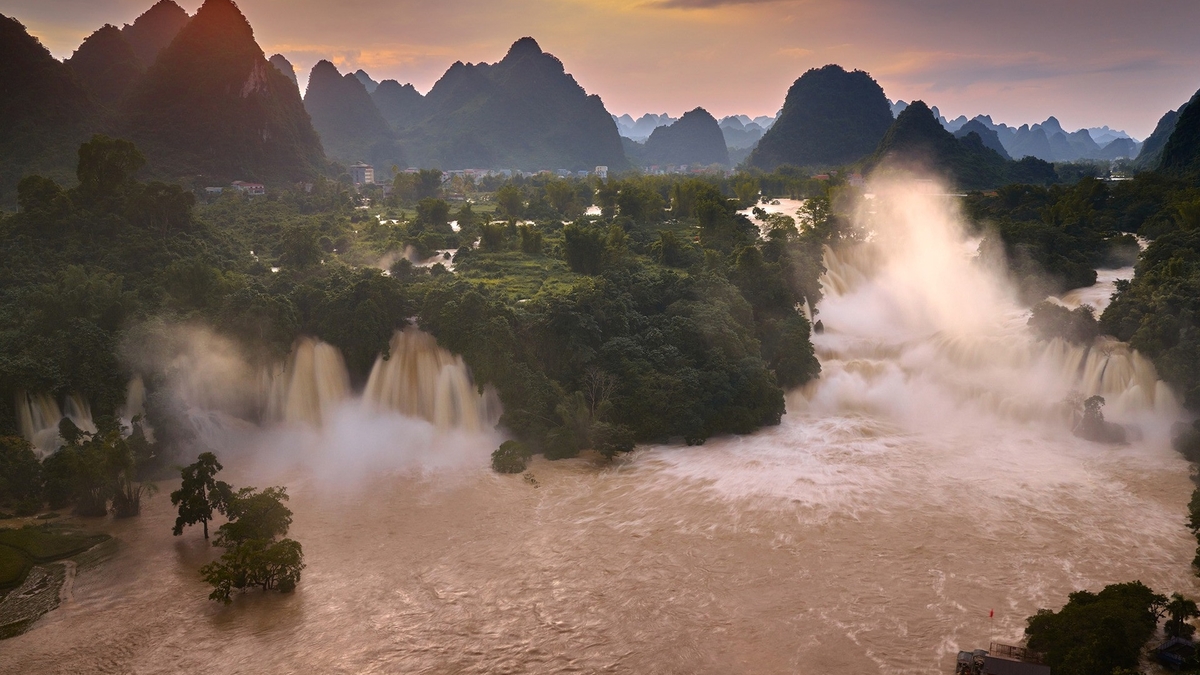
![[Photo] Prime Minister Pham Minh Chinh chairs the Conference to deploy the National Target Program on Drug Prevention and Control until 2030](https://vphoto.vietnam.vn/thumb/1200x675/vietnam/resource/IMAGE/2025/10/09/1759990393779_dsc-0495-jpg.webp)

![[Photo] Impressions of the Can Gio Whale Festival](https://vphoto.vietnam.vn/thumb/1200x675/vietnam/resource/IMAGE/2025/10/09/1759984089762_image12334-5642-jpg.webp)


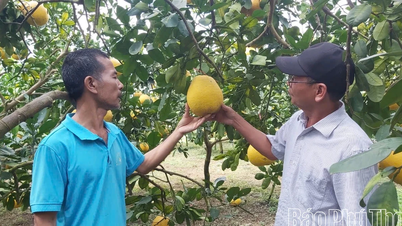
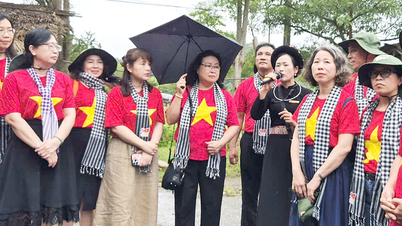



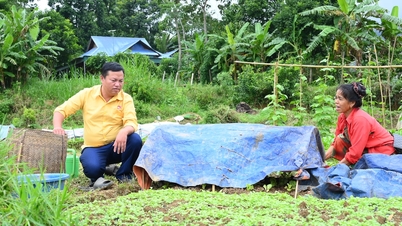

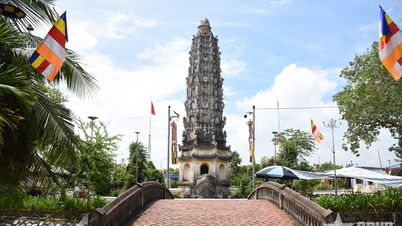
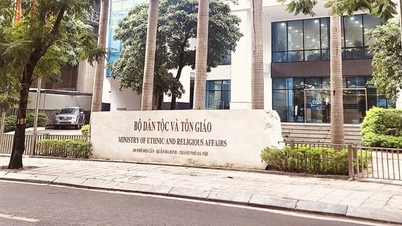












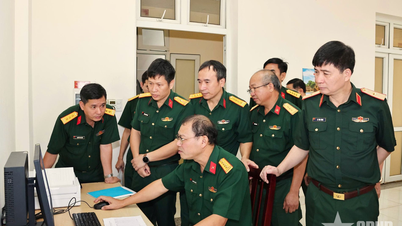
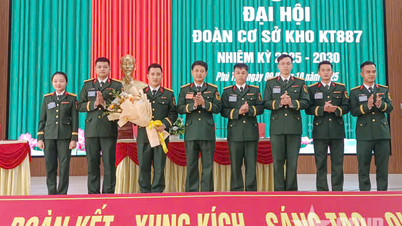

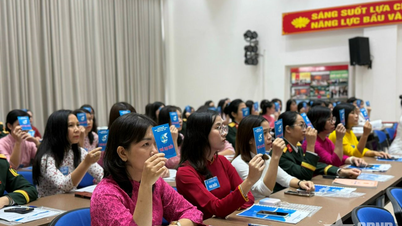
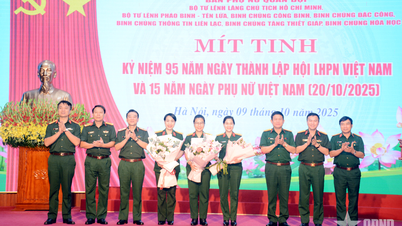
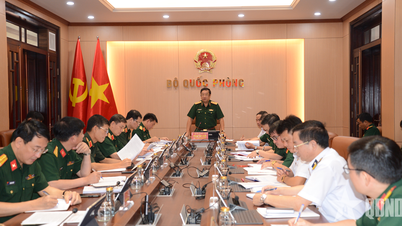
























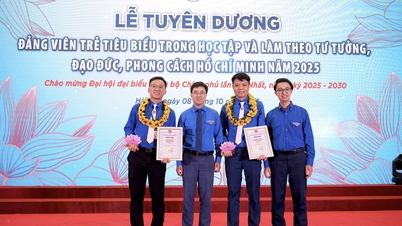






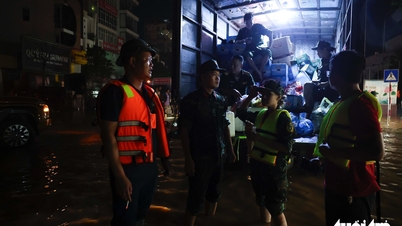



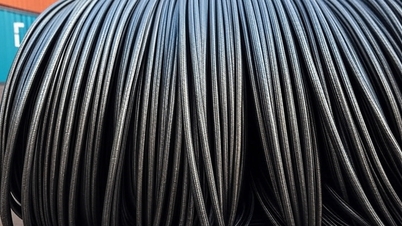








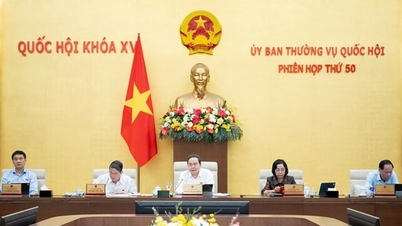

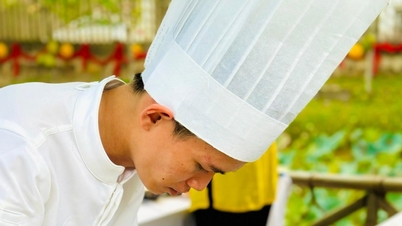
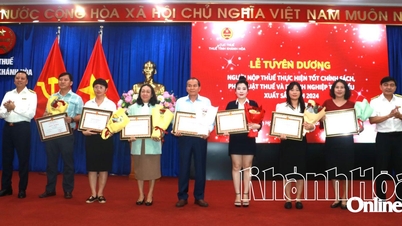

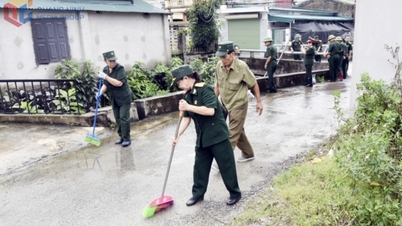

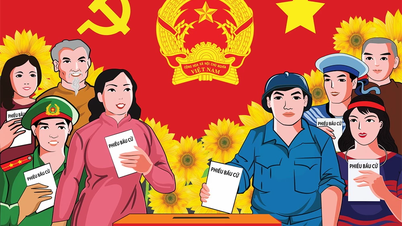

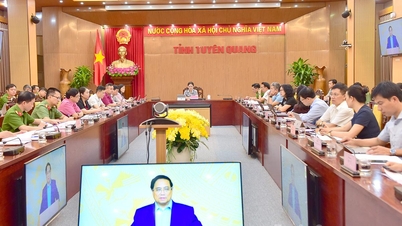



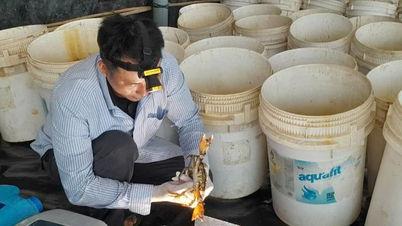









Comment (0)